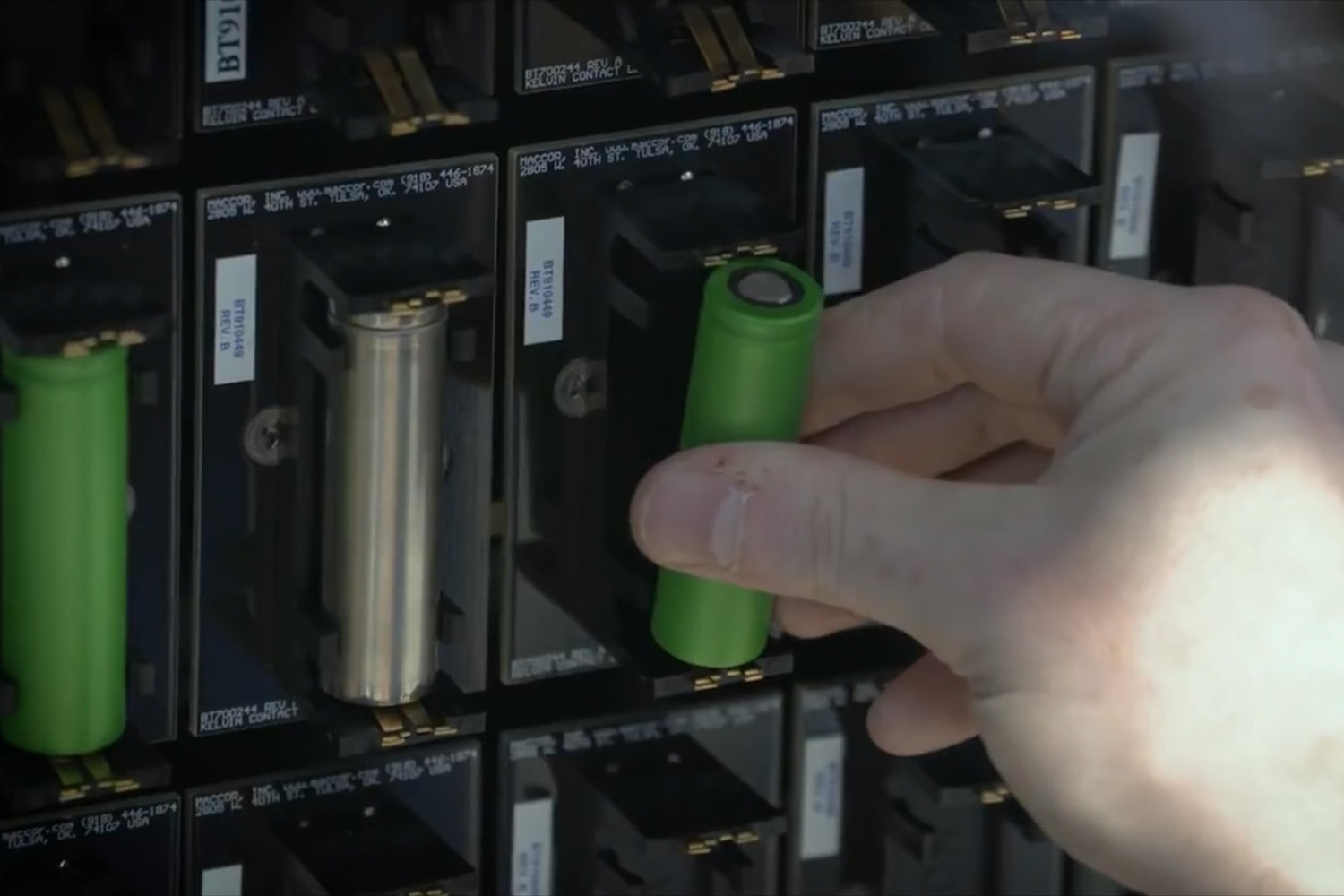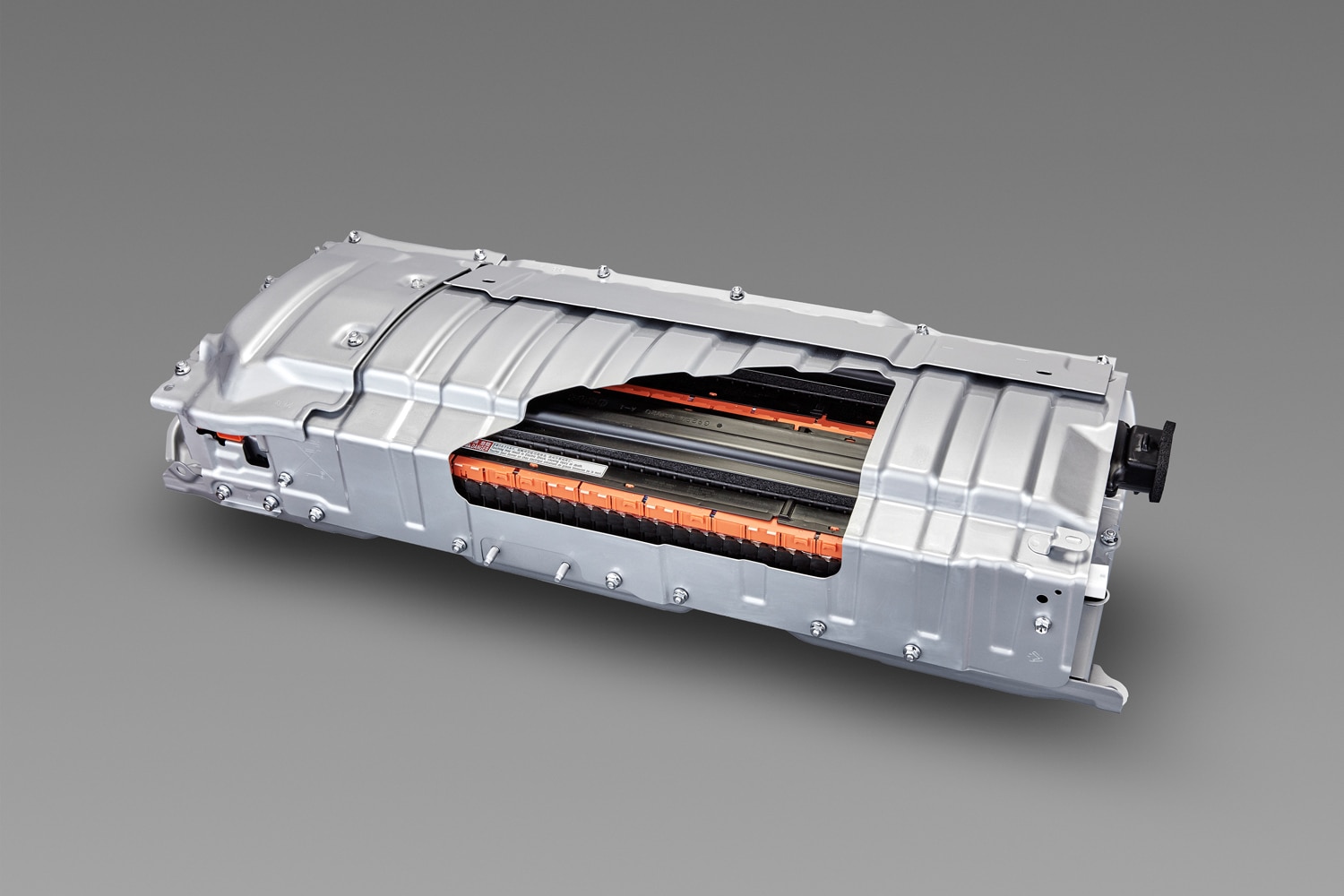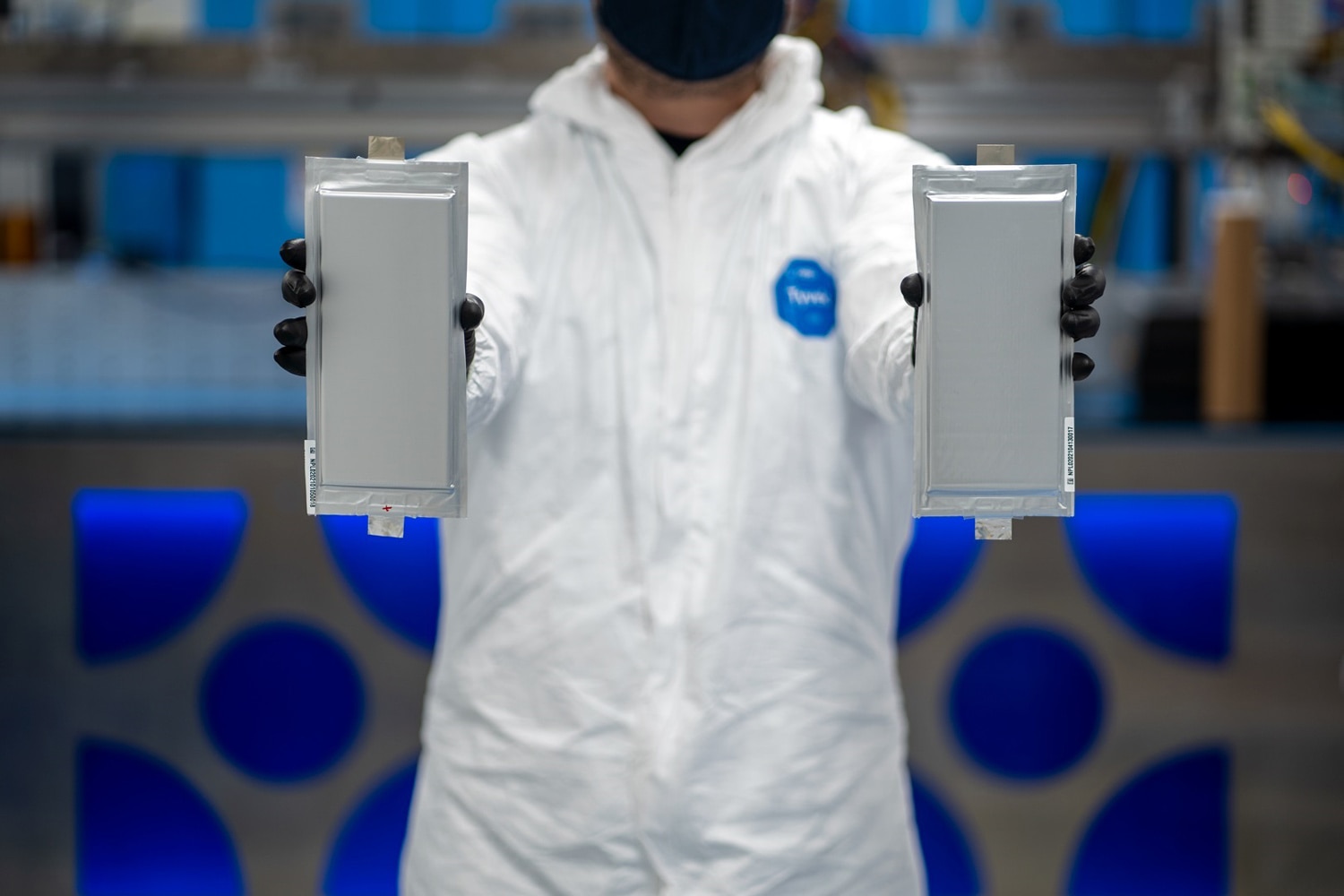Lithium-Ion vs. Nickel-Metal Hydride vs. Solid-State Batteries: What's the Difference?
Lithium-ion is currently the market leader for EV batteries, but new tech is coming.
 Ford
Ford
An EV's range largely depends on the size of its battery. As a rule of thumb, the bigger the pack, the farther you can go. But battery chemistry also plays a role. While automakers await the promising future of solid-state batteries, most have chosen to rely exclusively on lithium-ion cells, but one has opted to use nickel-metal hydride packs in certain applications. Here we explain the pros and cons of each.
 Toyota
Toyota
Lithium-Ion Batteries
The vast majority of electrified vehicles — including EVs and hybrids — use lithium-ion batteries, which is similar to the technology you'll find powering your smartphone or laptop. In these packs, lithium ions move back and forth in a liquid solution between an anode and cathode, restoring or discharging electricity as they go. The Ford F-150 Lightning uses lithium ion batteries to maximize range and power.
Automakers favor lithium-ion batteries for their high energy density and voltage capacity as well as their light weight. These packs also tend to hold a charge better than nickel-metal hydride (NiMH) units and have a longer life. On the downside, lithium-ion batteries cost considerably more than NiMH packs and, when damaged, can experience thermal runaway, where the cells heat up uncontrollably and potentially catch fire.
 Toyota
Toyota
Nickel-Metal Hydride Batteries
Nickel-metal hydride batteries are less expensive than lithium-ion packs, but they don't store as much energy or operate at as high a voltage. This makes them less ideal for fully electric vehicles but suitable for conventional (plugless) hybrids, which use electricity to complement an internal-combustion engine rather than provide primary propulsion.
Nearly all manufacturers have stopped using NiMH batteries in their vehicles, but Toyota still uses the technology. It has invested significant sums in NiMH research and development over the past 20 years and continues to explore ways to make this battery chemistry work for its products. You'll find a NiMH pack in a few of its electrified options, including the AWD Prius, the Sienna, and the hybridized Tundra.
 Ford
Ford
Solid-State Batteries
While none have come to market yet, solid-state batteries are the future. They work in the same fashion as lithium-ion batteries, only the ions move through a solid electrolyte (such as ceramic or glass) rather than a liquid. This presumably allows for longer life, faster charging, a wider temperature operating range, and more flexibility in battery shape (as automakers won't have to worry about leakage precautions). Perhaps the biggest benefits that solid-state batteries promise to increase energy density. Automakers could replace the heavy packs in modern EVs with lighter, better-performing units and see a big increase in range. However, achieving this in an economical way is easier said than done, and we're likely still a few years away from the commercialization of solid-state batteries.
Written by humans.
Edited by humans.
 Jordan Golson
Jordan GolsonJordan Golson is a transportation reporter covering cars, trains, planes, future cities, mobility and more — basically, if it moves and doesn’t go to space, he's on it. He is especially interested in the intersection of transportation and technology, and that means he goes deep into electric cars, autonomous vehicle tech, sensors, safety, connectivity, and similar topics.
Related articles
View more related articles